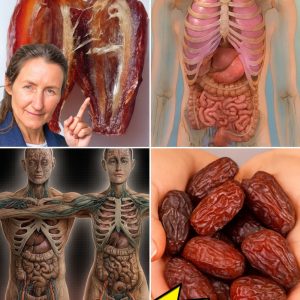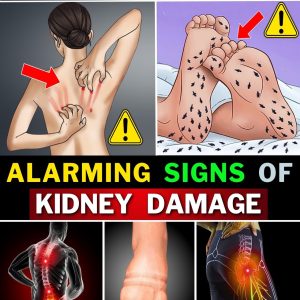An aneurysm is a dangerous medical condition where a section of an artery becomes abnormally enlarged due to a weakening of its wall. While often silent at first, if left undetected, an aneurysm can rupture suddenly and cause life-threatening internal bleeding.
Aneurysms can form anywhere in the body, but they most commonly affect:
- The brain (cerebral aneurysms)
- The aorta (the large artery from the heart)
- Abdominal and leg arteries
What Causes an Aneurysm?

Several risk factors can contribute to the weakening of artery walls, increasing the likelihood of an aneurysm:
- High blood pressure: Constant pressure can erode the arterial walls over time.
- Smoking: Tobacco use directly damages blood vessels and accelerates their deterioration.
- High cholesterol: Fat deposits (plaques) can weaken arteries and limit blood flow.
- Genetics: A family history of aneurysms increases your risk significantly.
- Aging: After age 60, arteries naturally lose some of their strength and elasticity.
- Infections or injuries: Rare, but severe infections or trauma may trigger an aneurysm.
Warning Signs and Symptoms to Watch For
Most aneurysms don’t show symptoms until they become large or rupture. However, certain signs may signal trouble — especially with brain or aortic aneurysms:
- Sudden, intense headache (especially with brain aneurysms)
- Blurred or double vision
- Nausea and vomiting
- Sensitivity to light
- Stiff neck
- Sharp chest or abdominal pain
- Irregular heartbeat or difficulty breathing
A ruptured aneurysm is a medical emergency. Without immediate treatment, it can lead to rapid internal bleeding, organ failure, or death.
How to Lower Your Risk of an Aneurysm

- Control your blood pressure: Monitor regularly and manage it with diet, exercise, or medication.
- Stop smoking: Quitting smoking significantly protects your arteries.
- Lower cholesterol: Eat a balanced diet rich in fiber, fruits, vegetables, and healthy fats.
- Stay active: Regular exercise strengthens blood vessels and improves circulation.
- Maintain a healthy weight: Obesity increases strain on arteries.
- Get screened: If aneurysms run in your family, ask your doctor about ultrasounds or CT scans.
Final Thoughts
Aneurysms are often called “silent killers” because they can grow unnoticed until it’s too late. But you can take control: by recognizing the warning signs and adopting healthy habits, you drastically reduce your risk.





